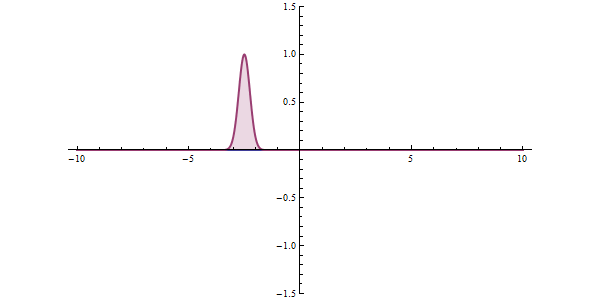This summer I'll be working on "GIFScript" for GSoC. GIFScript will be a tool for generating animated images from scripts, providing a way to create expressive animations by writing code, hopefully with minimal design loads. The users will use a flavoured version of JavaScript to enter the code, which will then be translated in the background into a GIF file.
The motivation behind GIFScript is that some animations are quite difficult to produce using traditional design tools with point-and-click interfaces, whereas they can be constructed relatively simply from their underlying mathematical ideas. On the other hand, these animations have unparalleled expressiveness in conveying abstract ideas, especially in more "mathematical" fields. GIFScript aims to provide technically oriented people who would need such GIFs greater expressive power, as it reduces the design process to writing code.
 |
| Demonstrating quicksort. [1] |
Wikipedia, with an incredible library of fascinating technical animations was a source of inspiration for me, and I think there are quite a few worth sharing here, to prove the point.
 |
| Decomposing a function into its Fourier series. [2] |
Mathematics and computer science aren't the only fields which could benefit from GIFScript. Any field of activity which can be visualized could go well with GIFScript. If designed well, GIFScript could be used to animate physical wavefunctions (which are quite interesting to watch actually), biological processes, chemical reactions or even more trivial things like animating the first few moves of a game of Go or chess.
 |
| Quantum tunneling, a particle interacts with a "wall". [3] |
One planned feature I think will be useful in this aspect will be creating and sharing "modules", like libraries for GIFScript. User created modules will be packages containing visual assets (image files) and Javascript code, tailored for specific animation needs. For instance there could be a module for animating geometry on the 2D plane, one for chemical reactions and another just for scripting/animating sort algorithms.
 |
| Drawing a hypocycloid. [4] |
So rapid production and practicality is key for GIFScript, all achieved while maintaining the flexibility and expressiveness required from visual designs. Creating GIFs with the tool should be significantly easier than than they are with traditional tools to make using the tool meaningful. This part is quite challenging to get right, but I hope at the end the tool will achieve its goals with the help of the feedback I receive from potential users.
Sources:
[1] Wikipedia, en:User:RolandH,
link
[2] Wikpedia, User:LucasVB,
link
[3] Wikipedia, User:Yuvalr,
link
[4]
Sam Derbyshire at the
English language Wikipedia






